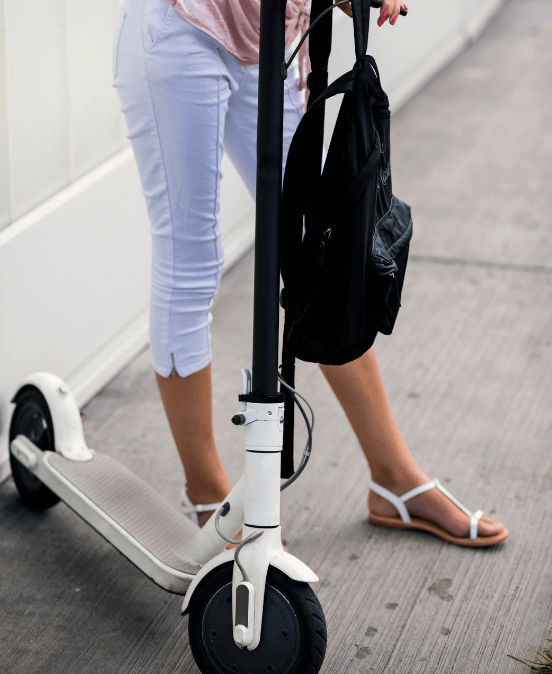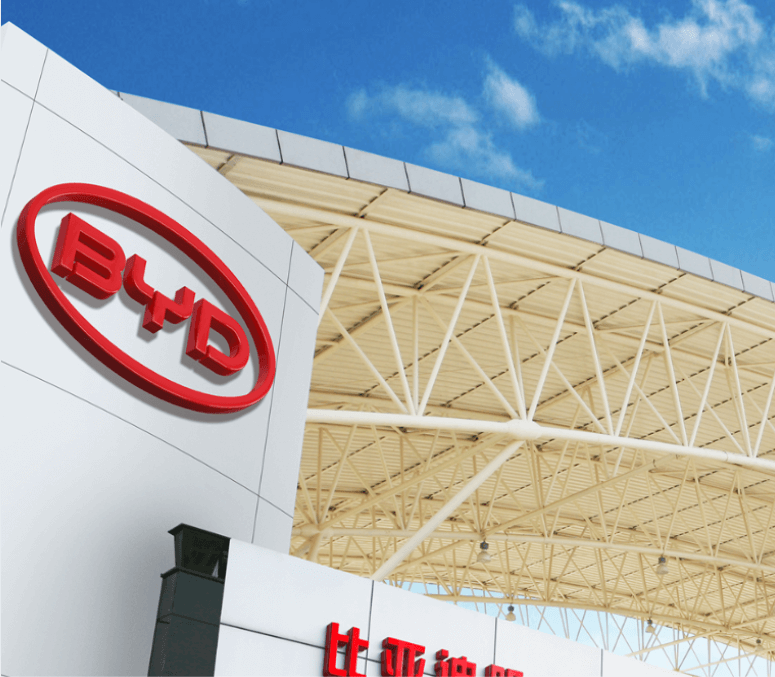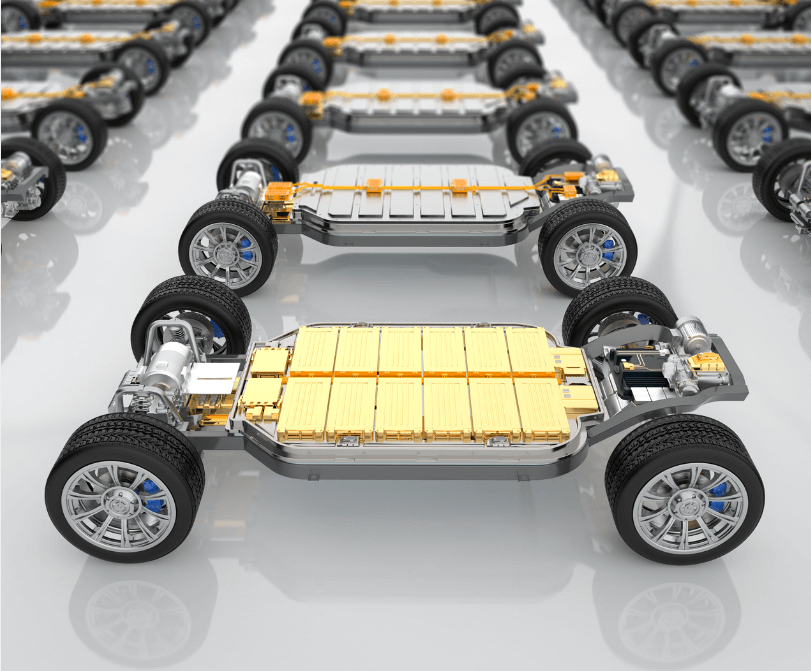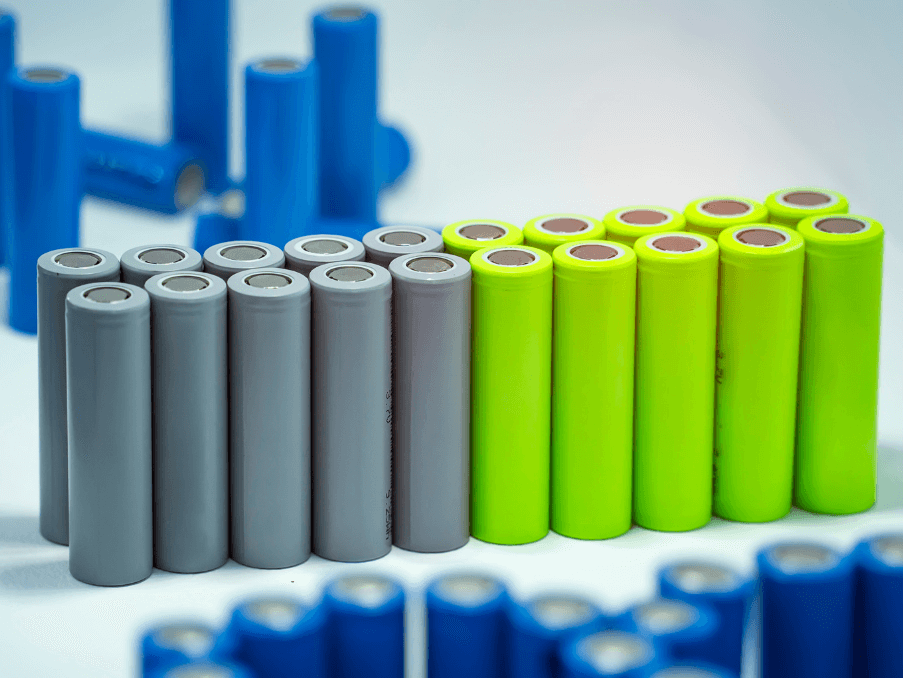
If you’ve used electric scooters, you know they’ve become a popular mode of transportation, providing eco-friendly and affordable travel options for urban commuters.
And especially when choosing a battery for your electric scooter, two main types often come up: one is lead-acid and the other is lithium-ion.
Both types of batteries offer unique advantages and disadvantages, but knowing these battery differences well can help you make a better decision when you buy them or recommend them to your friends.
And if you read our guide, you’ll learn the pros and cons of each battery type, performance, cost, maintenance requirements and overall reliability to help you decide which is the best choice for your scooter.
| Battery Type | Lead-Acid Battery | Lithium-Ion Battery |
|---|---|---|
| Cost | Generally lower | Typically higher |
| Lifespan | Shorter | Longer |
| Weight | Heavier | Lighter |
| Maintenance | Requires regular maintenance | Low to no maintenance needed |
| Performance | Moderate | High |
| Charging Speed | Slower | Faster |
| Eco-Friendliness | Less eco-friendly | More eco-friendly |
Learn about lead-acid batteries
Lead-acid batteries are one of the oldest rechargeable batteries and have been widely used in a variety of applications, including scooters, cars and emergency power supplies. These batteries typically consist of lead plates immersed in an acid electrolyte, which creates an electrochemical reaction that stores and releases energy.

Advantages of Best Lead-Acid Batteries
Affordability: Lead-acid batteries are generally much cheaper to manufacture, making them a popular choice for budget-friendly scooters.
Reliability: Known for their reliable performance, these batteries can function efficiently in various environmental conditions.
High surge current: Lead-acid batteries are capable of providing a large surge current, making them useful for low, high-power demands.
Disadvantages of lead-acid batteries
Heavy weight: Lead-acid batteries are significantly heavier, which adds weight to the scooter and can affect handling.
Short lifespan: On average, lead-acid batteries last 200-300 charge cycles, considerably shorter than their lithium-ion counterparts.
Maintenance Requirements: Lead-acid batteries require regular maintenance, including checking the electrolyte level and topping up with distilled water when necessary.
Performance and Suitability
Lead-acid batteries provide a stable and reliable power source but are best suited for short commutes. They are often found on budget or entry-level electric scooters and are ideal for riders who do not require high performance and speed.
Average price range for lead-acid scooter batteries
The cost of a lead-acid battery for a scooter can range from $50 to $150, depending on the scooter model and battery capacity. These prices make them an affordable choice for users on a tight budget.
Exploring lithium-ion batteries
Lithium-ion batteries have gained widespread popularity due to their high energy density, light weight, and extended lifespan. Composed of lithium compounds, these batteries store more energy in a smaller size factor, making them an ideal choice for electric scooters for you.
Advantages of lithium-ion batteries
Lightweight: The lithium-ion battery is significantly lighter, which improves scooter portability and ride comfort.
Long lifespan: These batteries typically last 500-1,000 charge cycles or more, offering years of reliable use.
Fast charging: Lithium-ion batteries have fast charging rates, allowing users to get back on the road faster.
Disadvantages of lithium-ion batteries
High cost: Lithium-ion batteries are more expensive due to complex manufacturing process and materials.
Potential for overheating: If handled incorrectly, lithium-ion batteries can overheat or be damaged, although modern safety measures minimize these risks.
Sensitive to temperature: Lithium-ion batteries can be affected by extreme temperatures, especially heat.
Performance and Suitability
Lithium-ion batteries are known for their high-performance capacity, which makes them perfect for long-distance commuters, speed enthusiasts and those looking for a scooter that can be used frequently. The lightweight design adds to the scooter’s agility and makes it easy to carry when needed.
Average price range for lithium-ion scooter batteries
A lithium-ion battery can cost anywhere from $200 to $600, depending on brand and capacity. Although more expensive, the extended lifespan and increased performance over time make it a cost-effective choice for those willing to make an upfront investment.

Charging Time Comparison: Lead-Acid vs Lithium-Ion
When charging lead-acid batteries
It is most important to charge the battery. Lead-acid batteries usually take 6-8 hours to fully charge, depending on the battery capacity. This long charging time can be inconvenient for riders who need their scooter ready for daily use.
When charging lithium-ion batteries
On the other hand, lithium-ion batteries typically take 2-4 hours to charge, which can be significantly shorter than lead-acid batteries. Some fast-charging models can even reduce charging time to under 2 hours, making lithium-ion batteries a convenient option for daily commuters.
Environmental impact and recycling
Environmental impact of lead-acid batteries
Lead-acid batteries contain lead and acid, both of which are hazardous to the environment if not disposed of properly. Recycling processes are available for lead-acid batteries, but improper disposal poses a significant risk of soil and water contamination.
Environmental impact of lithium-ion batteries
Lithium-ion batteries are considered more environmentally friendly because they do not contain lead, but they require the extraction of lithium and other metals, which has its own environmental concerns. Recycling programs for lithium-ion batteries are growing, but the process is still less widespread than for lead-acid batteries.
Lifetime and Durability
Lifetime of lead-acid batteries
Lead-acid batteries typically have a lifespan of 2-3 years with about 200-300 charge cycles. They may require frequent replacement, which can add to the long-term cost of ownership.
Lifespan of lithium-ion batteries
Lithium-ion batteries can last 3-5 years and can handle 500-1,000 or more charge cycles depending on usage patterns and maintenance. This sustainability is often a long-term investment despite higher initial costs.
Weight and Portability
Weight can have a significant impact on the scooter’s performance, especially if you have to carry the scooter on public transport or up stairs.
Weight of lead-acid batteries
Lead-acid batteries are quite heavy, which can make scooters difficult to carry and affect acceleration and top speed.
Weight of lithium-ion batteries
Lithium-ion batteries are much lighter, allowing for a more portable scooter that’s easier to ride. This weight reduction also improves the overall performance of the scooter, especially in terms of acceleration and handling.
Security Features
Lead-Acid Battery Safety
Lead-acid batteries are generally safe, but they are more prone to acid leaks, especially if damaged or improperly maintained. Regular inspection and care is essential to avoid spills.
Lithium-Ion Battery Safety
Lithium-ion batteries are equipped with advanced safety features such as a battery management system (BMS) that monitors temperature, voltage and charge. Although lithium-ion batteries can overheat, BMS technology mitigates most safety concerns, making them a reliable choice.
Cost Analysis: Short-term versus long-term
Lead-acid batteries are cheaper upfront but may require more frequent replacement, which can increase long-term costs. But lithium-ion batteries are more expensive initially but offer better longevity and lower maintenance costs, making them a cost-effective choice over time.

Which is better for your scooter?
The answer is that you may be reading all of our above two scooter battery information, but we suggest that choosing between lead-acid and lithium-ion batteries depends on your specific needs, budget, and usage patterns. Then you can understand yourself which one is best for you scooter but our suggestion is:
For casual riders:
If you’re looking for a low-cost option and don’t plan to use the scooter frequently or travel long-distance, lead-acid batteries are a good choice.
For regular passengers:
Lithium-ion batteries are good for those who commute daily, travel long distances or prefer a lightweight scooter with high performance and quick charging time.
FAQ
How often should a lead-acid scooter battery be replaced?
Lead-acid batteries usually need to be replaced every 2-3 years, depending on usage and maintenance.
Can I upgrade my scooter from lead-acid to lithium-ion batteries?
In many cases, yes, but it is essential to consult your scooter manufacturer or a professional to ensure compatibility.
Do lithium-ion batteries require a special charger?
Yes, it is recommended to use a charger specially designed for lithium-ion batteries to optimize charging and ensure safety.
Which battery type works best in cold weather?
Answer: Lithium-ion batteries are more sensitive to extreme cold, while lead-acid batteries can perform well at lower temperatures.
Conclusion
Lead-acid batteries are affordable and reliable for occasional riders, while lithium-ion batteries offer higher performance, longer life and faster charging for frequent users. Carefully evaluate your needs to make the best choice, as the right battery can significantly improve your scooter experience.

























